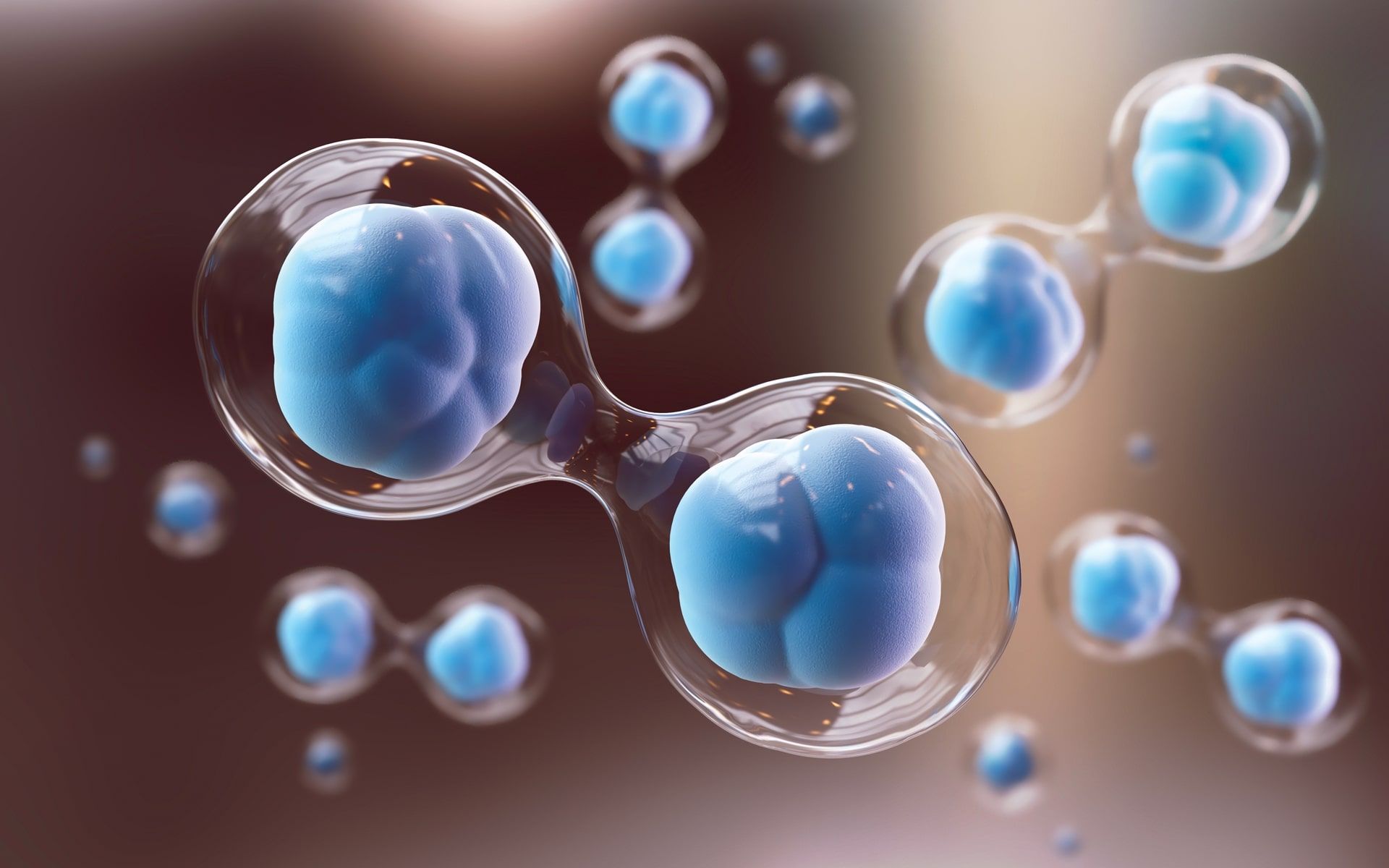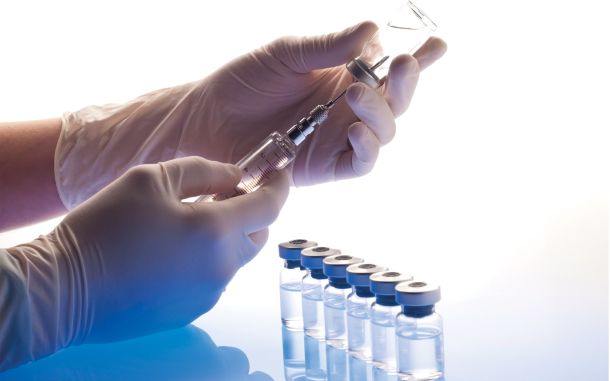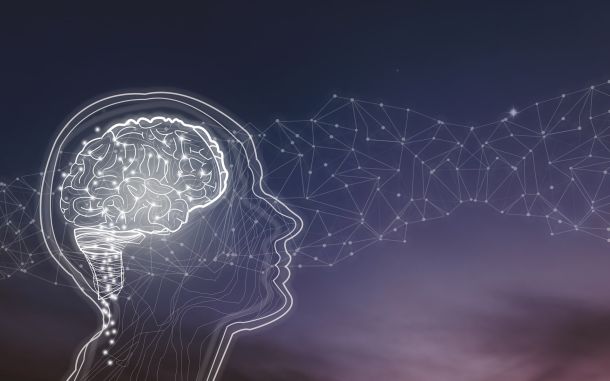Embryonic Stem Cells
- Although stem cells are very promising for science and can open new doors to many new treatments in the medical field, it looks like there are still differences of opinion on their ethical use.
- Stem cells can be derived from human embryos, and with the right enzymes, can be stimulated.

In This Article
-
Although stem cells are very promising for science and can open new doors to many new treatments in the medical field, it looks like there are still differences of opinion on their ethical use.
-
Stem cells can be derived from human embryos, and with the right enzymes, can be stimulated.
In 1981, scientists discovered ways to derive embryonic stem cells from early mouse embryos. Since then, they have been the subject of intense scrutiny, controversy, and advocacy.
They are unique cells, which can be derived from human embryos and can be differentiated into virtually any kind of different cells. In humans, there are about 200 different types of cells including bone, muscle, and nerve cells, and within these cells there are about 20 different types of structures or organelles. Essentially, stem cells can be derived from human embryos, and with the right enzymes, can be stimulated. For instance, bone cells can originate from osteocyte cells, or liver tissues can come from hepatocytes.
Stem cell types and research
There are three types of stem cells:
- Embryonic stem cells
- Adult stem cells
- Induced Pluripotent Stem Cells (iPSC)
Embryonic stem cells are derived from human embryos. Adult stem cells are undifferentiated cells (meaning “clean slates” with the potential to change into another cell variant) found throughout the body after development; they multiply via cell division to replenish dying cells and regenerate damaged tissues. Induced Pluripotent Stem Cells (iPSC), which were discovered in 2006, are derived from skin or blood cells that have been reprogrammed back into an embryonic-like pluripotent state that enables the development of an unlimited source of any type of human cell needed for therapeutic purposes. While these types of cells are interesting and certainly worthy of research, this article will focus on embryonic stem cells as they are consistently the most well-known and discussed type by the general public.
Embryonic stem cells are potent and often sought after due to their abilities to proliferate without limit and contribute to any cell type. However, with great power comes great responsibility and stem cells are no exception. Poorly processed cells have been documented to mutate into cancerous tumors that can wreak havoc upon people’s bodies. Bearing this in mind, scientists also do not believe that this should derail stem cell therapies considering that there are DNA tests to check if stem cells will turn out to be problematic or not.
The stem cell project is regularly a subject of ethical debate in both the academic and public sectors. Most embryonic stem cells are derived from embryos that develop from eggs that have been fertilized in vitro—in an in vitro fertilization clinic—and then donated for research purposes with the informed consent of the donors. People willingly donate their eggs for this research, and this process does not constitute child-killing since the eggs are near their zygote phase, not a whole mature embryo. Scientists obtain those types of cells from an embryo which has not yet completed its formation to develop into a human being. Researchers then use these cells for various treatment and research purposes. It is important to stress that they are not derived from eggs fertilized in a woman’s body and that they are produced in a plastic laboratory culture via clinics in vitro.
Some examples of embryonic stem cells being used in research include the following:
1. UCLA stem cell gene therapy cures bubble baby disease
Researchers at UCLA (University of California, Los Angeles) have developed a cure for babies born with Bubble Baby Disease, a rare and life-threatening condition that can be fatal within the first year of life, by using stem cells from multiple patients and gene therapy to correct the genetic mutation of these patients.
2. Asterias biotherapeutics restores some independence to those suffering from paralysis caused by spinal cord injuries
Asterias Biotherapeutics spent much of 2016-2017 developing a stem cell therapy to restore upper body motor function to quadriplegic spinal cord injury victims. Through lengthy and rigorous testing in human clinical trials, the therapy was found to be safe for use in people with all patients treated reporting at least some improvements. Asterias is now expanding its clinical trials to include patients with sub-acute injuries.
3. UC Irvine scientists engineer stem cells to destroy cancer
In a study conducted by University of California, Irvine researchers, a stem cell-based technique was devised to find and destroy breast cancer cells that had already metastasized. The cells “feel” the stiffness of the surrounding tissues and destroy the cancer-causing cells.
Embryonic stem cells can remain undifferentiated when they are grown in a well taken care of culture that is under stable conditions. Problems primarily begin to arise if cells are allowed to clump together to form embryoid bodies in which they begin to differentiate, or change into more specific cell variants, spontaneously. Although spontaneous differentiation is a good indication that shows which cultures of embryonic stem cells are healthy, the process is uncontrolled and, therefore, an inefficient strategy to produce cultures of specific cell types.
The ability of stem cells being able to differentiate into hundreds of other types of cells continues to amaze scientists as this is no small discovery. Researchers believe that the possibilities with stem cells are near endless, especially in regard to “regenerative medicine,” the process of “replacing, engineering, or regenerating human cells, tissues, or organs to restore or establish a new function.” It is even believed that even whole organs could be synthetically grown by using them.” Additionally, stem cells have the potential to rebuild healthy tissues, help people with heart disease, diabetes, ALS, Alzheimer’s disease, liver disease, Parkinson’s disease, cancer, and many more illnesses.
In a stem cell transplant, embryonic stem cells are first specialized into the necessary adult cell type. Then, those mature cells replace tissue that is damaged by a disease or injury. This type of treatment could be used to:
- Replace neurons damaged by spinal cord injury, a stroke, Alzheimer’s disease, Parkinson’s disease, or other neurological problems.
- Produce insulin that could treat people with diabetes and heart muscle cells that could repair damage after a heart attack
- Replace virtually any tissue or organ that is injured or diseased.
Sometimes scientists use stem cells as a drug. For example, it is possible to inject a stem cell into joints to reduce swelling and pain, or in order to promote the healing processes of soft tissues. Stem cell therapy is performed by injecting the patient’s own stem cells to stimulate the body to repair and replace damaged tissue in any joint or soft tissue structures – such as knees, shoulders, hips, wrists, ankles, elbows, tendons, ligaments and non-healing bone fractures. Cellular Dynamics, a large biotechnical company, sells human heart cells called cardiomyocytes that are derived from induced pluripotent stem (IPS) cells. Pharmaceutical companies are adapting to this new and innovative trend on a day-to-day basis. Stem cells can also be used to test the quality and safety of investigational drugs by testing them on stem cells that have been transformed into tissue-specific cells. Researchers are able to monitor the side effects before exposing the drug to a patient and thus have a greater expectancy of how their body may respond to the drug. This allows us to test for cures for potentially fatal diseases in ways that would otherwise be risky or unethical.
With all of the aforementioned advantages, stem cells are a fairly new, but exceptionally promising, research area. For some people, it may seem unethical to use stem cells on the grounds that extracting stem cells damages the blastocyst, which is a structure formed in the early development of mammals, more specifically the sixth or the eighth day of the development of an embryo. In 2006, President Bush vetoed the Stem Cell Research Enhancement Act stating that the federal government should not support “the taking of innocent human life.” Although stem cells are very promising for science and can open new doors to many new treatments in the medical field, it looks like there are still differences of opinion on their ethical use. This is perhaps because there is need for more convincing evidence or people are not informed accurately on the details of this research area.
References
- https://stemcells.nih.gov/info/Regenerative_Medicine/2006Chapter1.htm
- https://www.healthline.com/health/stem-cell-research
- https://www.statnews.com/2017/04/26/stem-cells-cancer-mutations/
- https://plato.stanford.edu/entries/stem-cells/
- https://www.ncbi.nlm.nih.gov/pmc/articles/PMC5398703/
- https://www.mayoclinic.org/documents/the-amazing-stem-cell/doc-20249792
- https://www.unmc.edu/stemcells/educational-resources/history.html
- https://www.cirm.ca.gov/patients/power-stem-cells
- https://www.nature.com/news/stem-cells-take-root-in-drug-development-1.10713
- https://hsci.harvard.edu/examining-ethics-embryonic-stem-cell-research#:~:text=Opponents%20argue%20that%20the%20research,taking%20of%20innocent%20human%20life.%E2%80%9D









